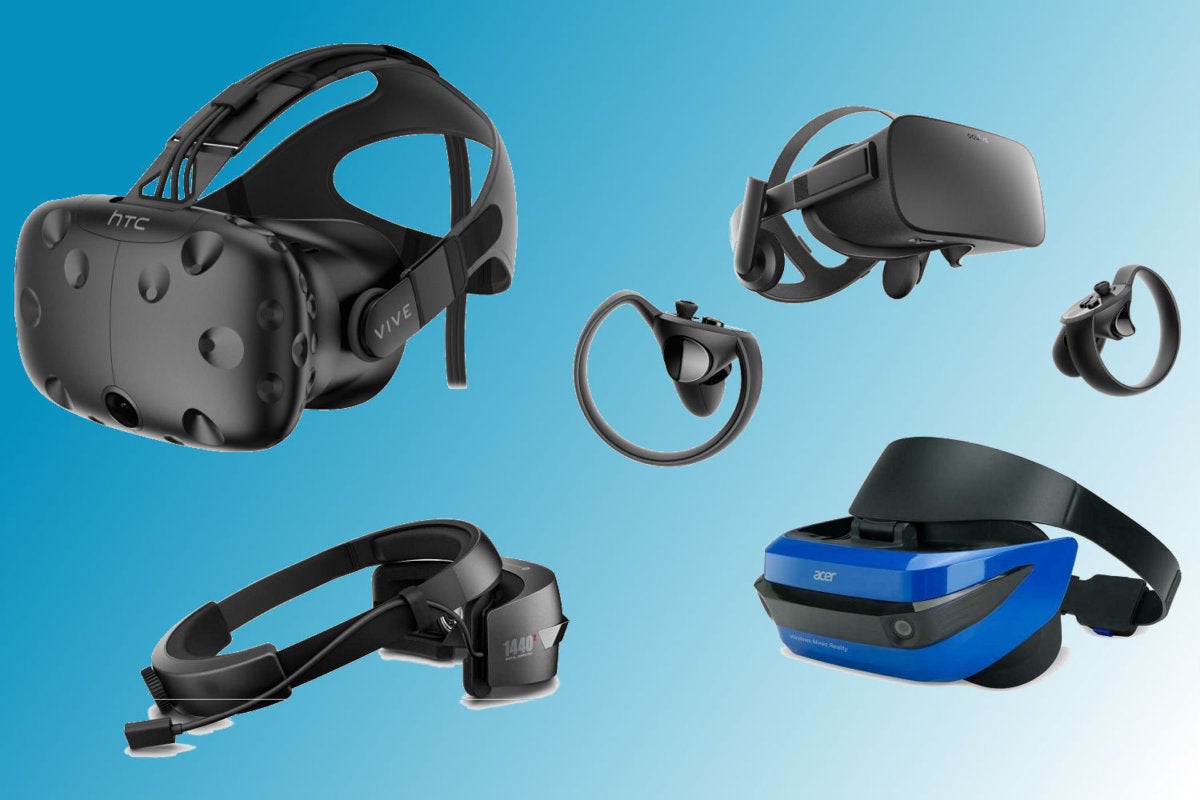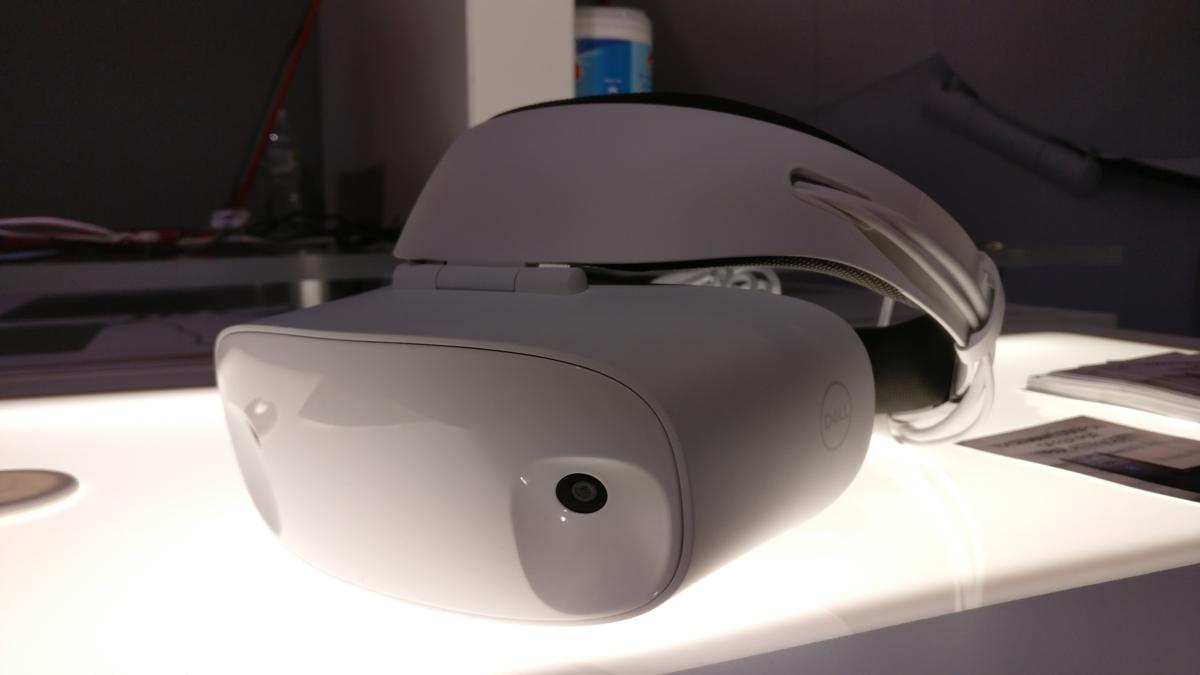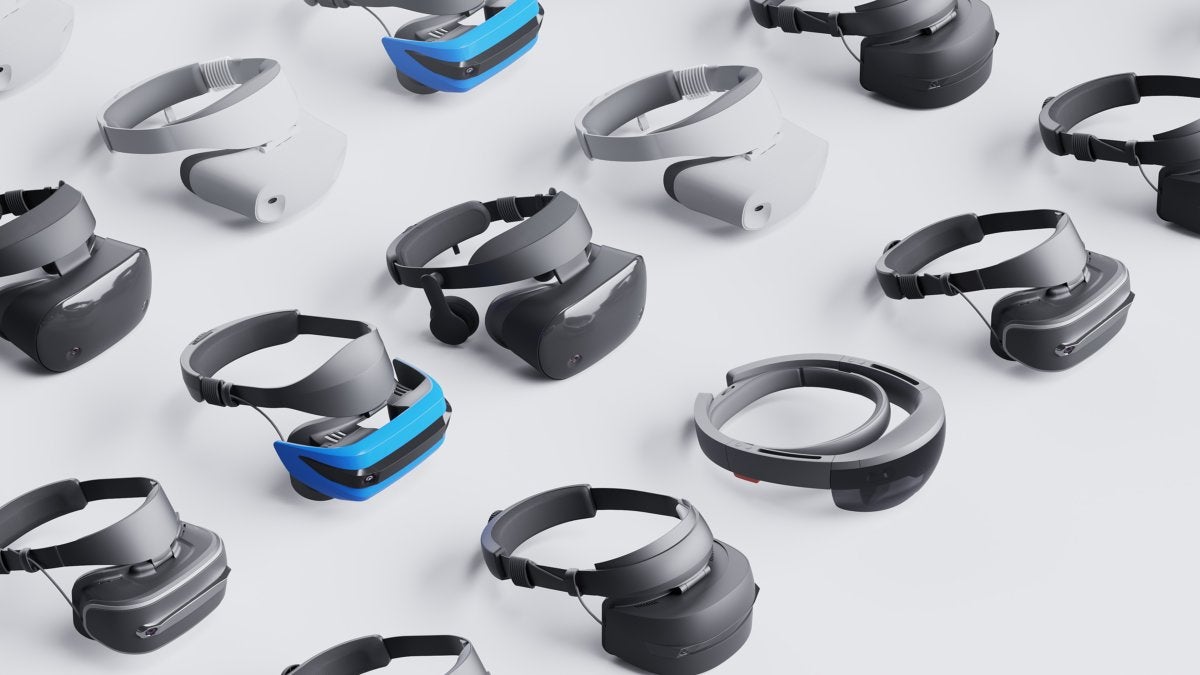The Nokia 2 offers two-day battery life along with the promise of timely updates.
HMD Global launched three budget devices this year — the Nokia 3, 5, and 6 — and its latest handset is its most affordable yet. The Nokia 2 will retail for €99, and is aimed at first-time buyers looking to make the switch from feature phones.
At the outset, the Nokia 2 has a lot going for it. The phone shares a similar design aesthetic as other Nokia-branded phones, including a metal frame milled out of series 6000 aluminum. The design and build quality make the Nokia 2 stand tall in this category, and it's great to see HMD lavish such attention to detail on a budget phone.
While the frame of the phone is metal, the back itself is made out of polycarbonate, and the matte finish improves the grip. The 5-inch form factor makes the device ideal for one-handed usage. The 720p panel is also one of the better screens in the budget segment, and it's protected by Gorilla Glass 3.
That said, it's been a while since I've seen a device with 1GB of RAM and 8GB of storage. I didn't notice any slowdowns in the few minutes I used the phone, but the demo units weren't loaded down with apps. HMD says it optimized the phone to work on the hardware, and that it will intelligently monitor background apps to ensure sufficient memory is available at all times.

Internal storage is going to be an area where the Nokia 2 is on the backfoot. Accounting for the OS, you're left with a paltry 4.67GB of free space for your content. While you can extend storage with the microSD slot, the lack of adequate internal memory is an issue.
The Snapdragon 212 is a chipset Nokia has used in the past, albeit during its Windows Phone days in the Lumia 650. You're not going to get the same amount of performance as the Snapdragon 430/435, but HMD isn't targeting that audience. The Finnish manufacturer has been in this field for some time now, and it knows what its customers want. As the Nokia 2 is targeted at users who are primarily mobile-first, battery life takes center stage.
The Nokia 2 is a battery monster.
With a 4100mAh battery under the hood, you'll easily get two days' worth of battery life, accounting for around five hours of screen-on-time a day on average. The Snapdragon 212 chipset doesn't offer Quick Charge, so you'll be looking at anywhere between two to two-and-a-half hours when charging the battery on the Nokia 2.
On the bright side, you won't have to charge the phone as much. Elsewhere, you get a microUSB charging port, 3.5mm headphone jack at the top, Bluetooth 4.0, and WiFi 802.11 b/g/n.
The Nokia 2 has an 8MP camera at the back, and the few images I took came out looking decent.
The phone comes with Android 7.1.2 Nougat out of the box along with the September security patch, and HMD says it'll roll out the Oreo update shortly. The manufacturer isn't committing to a timeline, but thus far it has managed to deliver on its word.
An increasing portfolio creates an added strain on engineering resources, so it'll be interesting to see if HMD can continue to roll out monthly updates for its phones.

If the Redmi 4 and 4A have shown anything, it's that there's a huge market for entry-level devices. Both phones are two of the best-selling devices in India this year, and were integral to Xiaomi's meteoric rise.
HMD Global is now looking to emulate that success with the Nokia 2. The phone doesn't have the same hardware prowess as Xiaomi's devices, but the fact that it isn't running a heavily themed user interface will make things easier.
The Nokia 2 will be going up for sale in mid-November for €99. There are better alternatives available at that price, but HMD is betting on the promise of timely updates and class-leading battery life as the differentiator.
Source: Nokia 2 hands-on: It's all about the battery








 Microsoft Lumia 640
Microsoft Lumia 640  HTC, Oculus, Microsoft
HTC, Oculus, Microsoft  IDG / Hayden Dingman
IDG / Hayden Dingman  Microsoft
Microsoft